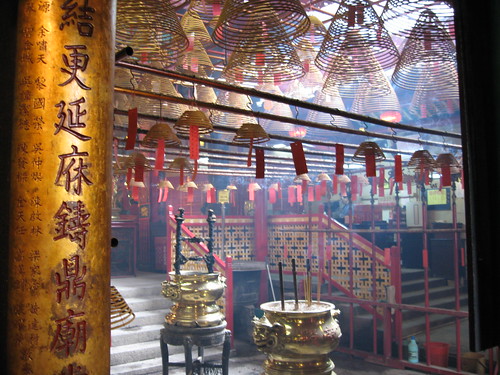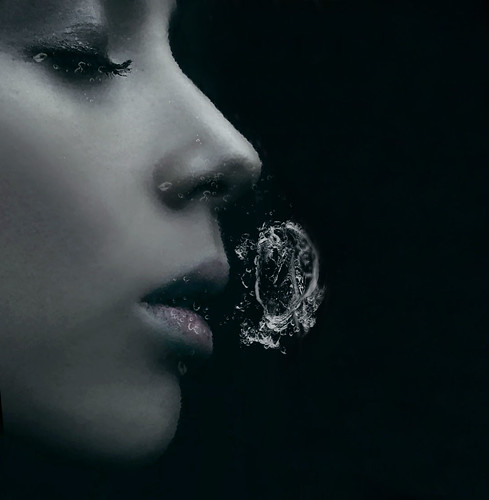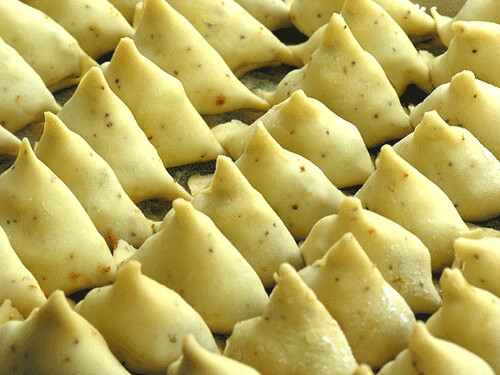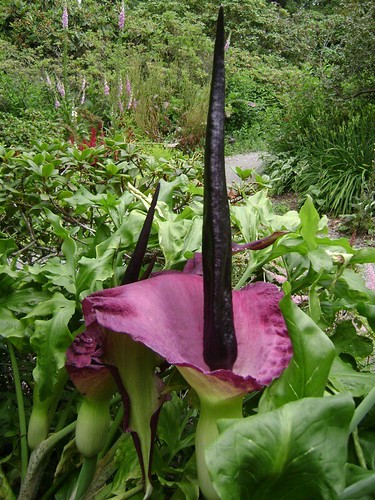Signatures, Branding, Bespoke and Bullshit

The Name Tree, originally uploaded by Chris.Thomson.
Humans leave signatures on trees, bus posts, walls, rocks – you name it. It’s like saying “Think about me because I’ve been here. Even if you don’t have a clue who I am. Even if you think about me only for a split second”.
Leaving a signature behind to mark our creation is another natural thing to do, but just a little more evolved. It means “this piece of art that you are enjoying or disenjoing right now is all because of me. I have become a part of your life now”.
When the same thing is done and the name is familiar, such as with a well-known craftsperson (i.e.: fashion designer), the name means “See how well I can do this? You sure will be able to use it to the max”.
Ever since the industrial revolution, things have been moving faster, and the role of the signature has changed. It has become a tag, and a part of branding. The tags are printed, engraved or embroidered by the billions and no longer represent a particular person who made the product – but rather, the idea that someone that you know and can trust made it even though they didn’t.
When it comes to perfume, we see the same thing: until very recently, the role of the perfumer was very silent and hidden. Perfumes were released under different brands or people, but in fact were designed by one of the 5 or 6 major fragrance & flavour corporations that rule the industry world wide. Lately this is changing a bit in the sense that we know more about who the designer of the fragrance is. What we don’t know, is how much creative freedom they had versus how much control the corporation they are working for has over the final decision of what we smell on the shelf.
And than there are celebrity perfumes: it is interesting to see how many fragrances are created just to remind us that someone exists. No matter how marginal is their effect on our life, we have to think about them for a split second when we see a new celebrity perfume launched. Oops, I’ve just missed one that just came out two seconds ago… Is it really a celebrity’s favourite scent? Perhaps. But perhaps it is their favourite because it inflates their bank account really fast and helps to steer away the attention of their recently not so great reputation over the tabloids. Note: if you admire a celebrity or love a celebrity scent, take my words with grain of salt, and remember: the main place where I get to “know” these celebrities is in the drugstores: in the beauty section first (their fragrance and ads, where they look stunning and magical), and than when I’m in the checkout, seeing their cellulite/drug abuse shots and/or fighting with their ex…).
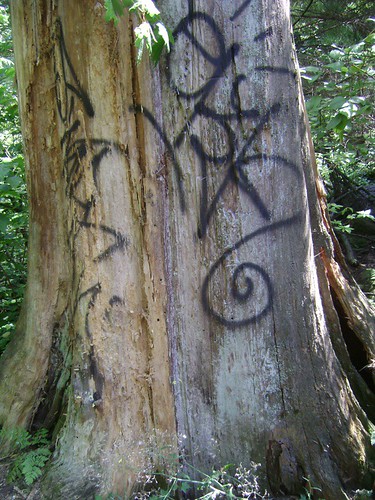
Name on the Tree - Graffitti in Nature, originally uploaded by Ayala Moriel.
In many ways, bespoke is anti-branding. What I do is the exact opposite of celebrity perfumes: I create bespoke perfumes for individuals. I believe you and me and the neighbour next door deserve to have the best perfume they want. I feel that your life is fascinating and magical, and that you are very interesting even if you don’t happen to show your face on the tabloids every other day. I feel that what makes us unique can be reflected with a personal scent, and I really enjoy engaging my clients in the creative process of perfume making. When I just started, I insisted for a long time of not using my name for my company to avoid such kind of branding. I called it “Quinta Essentia”, to reflect the process of creating the perfumes – distilling the essences from the plant, and than combining essences together in such way as to portray ones quintessential personality and spiritual aspects in the form of perfume. Only at a later time (about a year ago), I let go of that name and gave in to using my own name, signing on my perfumes so to speak, but also reflecting the very personal connection I have with my clients in the process of creating these signature scents.
A signature perfume will never be a best seller (because it will be sold to only one person, you!). It will be an olfactory portrayal of your dreams and your innermost nature, all distilled, refined and than married in an alchemical process that captures the total essence of you


